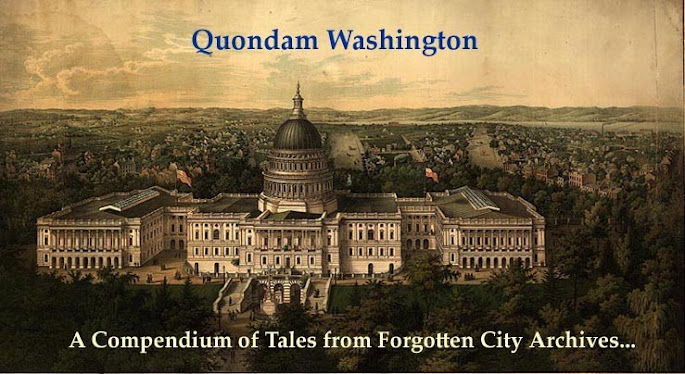Nineteenth and early Twentieth Century journalists loved a good mystery. Apparently, so do some Twentieth Century bloggers.
The Washington Post of May 10, 1904 , carried the following tale of a mysterious stranger:
On a cold and blustery night in the mid 1860s, a cold and starving stranger knocked on the door of Georgetown’s Franklin Inn at 168 Bridge Street—later, 3249 M Street--asking for food and shelter. Innkeeper Ann Cleveland was the widow of John Cleveland, who had died in a tragic accident at the Washington Monument
The next morning, she offered the man, who called himself John Brown, a job as a general handyman. He accepted the offer and ended up working there, according to the Post, for two decades until Mrs. Cleveland’s death in 1888.
Mrs. Cleveland, prior to her death, had instructed her daughter Louisa Phipps to provide for Mr. Brown and, on his death, give him a respectable Christian burial.
Mr. Brown died at Providence Hospital St. Joseph Holy Rood Cemetery Georgetown
Mr. Brown was as much a mystery to the family and neighbors at his death as he had been in life. He had appeared to be an educated man from a good family. He never divulged a single detail about his past, no matter how much pressure he was put under. He kept to himself, never making friends with either men or women.
The Post fancifully hinted he may have been connected to the infamous abolitionist by the same name—but of course, this would have been impossible, as the famous John Brown had been put to death in December, 1859.
Census returns show John Cleveland in Georgetown
No John Brown is listed in the tombstone transcripts of Holy Rood Cemetery Georgetown University



No comments:
Post a Comment